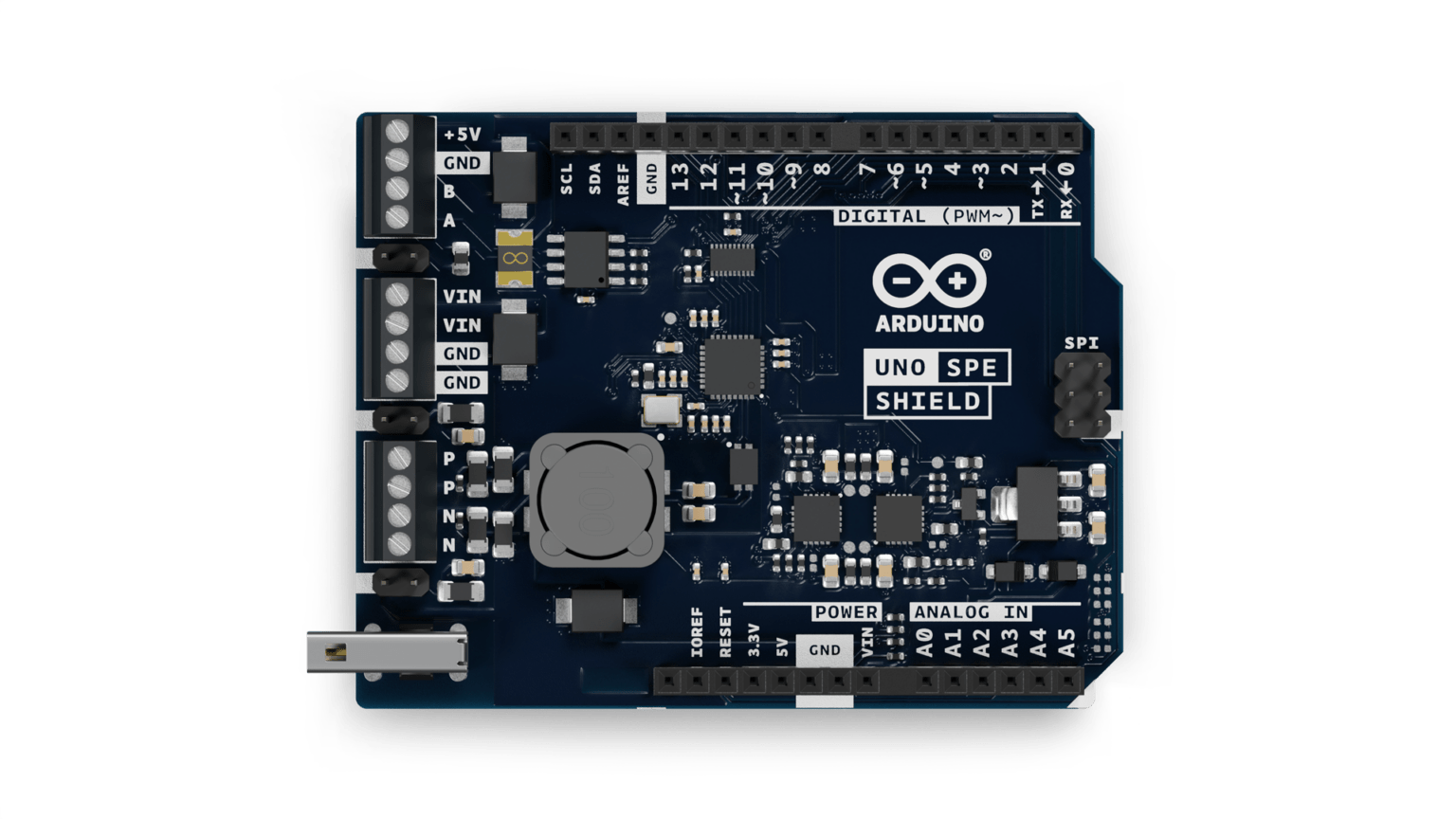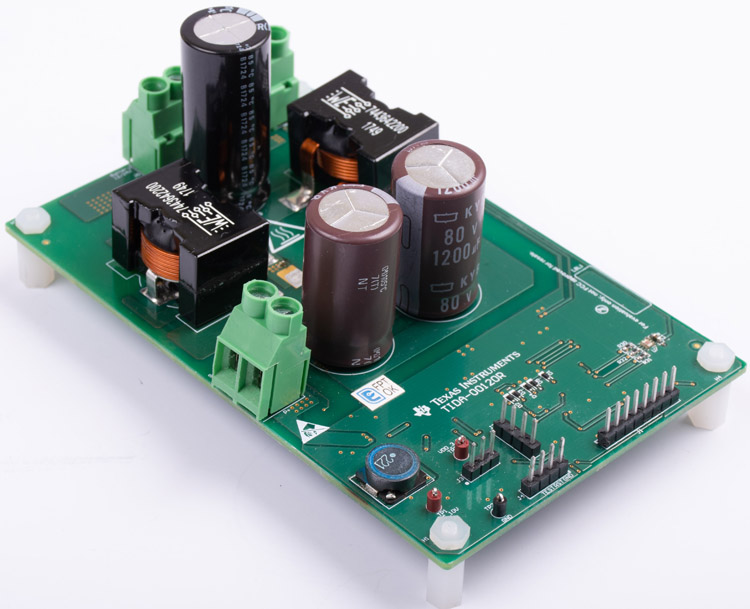
Arduino SPE and RS485 Shield adds Single-Pair Ethernet and RS485 Communication to Arduino UNO R4
In a recent development, Arduino partnered with Microchip to develop an Arduino SPE and RS485 Shield add-on board for the Arduino UNO R4 boards that enables Single-Pair Ethernet (SPE) and RS485 connectivity based on the IEEE 802.3bw standard with Power over Data Line (PoDL) capabilities. This arrangement reduces wiring complexity and costs and is ideal for Industrial Internet of Things (IIoT) applications.
The Shield is built around Microchip’s LAN8651B1T-E/LMX SPE MAC-PHY chip, and designed for streamlined deployment in automation systems. With PoDL as an industry-first feature, it supports powered, single-cable solutions for both industry and maker communities.
In our previous post, we wrote about various Arduino shields including the nRF7002 EK shield, Gameduino Arduino Shield, RGB Matrix Display Shield, and many others feel free to check that out if you are interested in the topic. We have also developed our very own shields like the 8-Channel Arduino UNO Shield, the 8-Channel Driver Arduino UNO Shield, the isolated CAN Transceiver module, and many more feel free to check those out if you are interested in the topic
Arduino SPE and RS485 Shield Specifications
- Processor: Microchip LAN8651B1T-E/LMX Single-Pair Ethernet MAC-PHY
- Networking:
- Single-Pair Ethernet (SPE) supporting 10BASE-T1S
- Power over Data Line (PoDL) for combined power and data on a single cable
- Communication Protocols:
- RS485 support for legacy system integration and modern applications
- Compatibility:
- Plug-and-play with Arduino UNO R4
- Compatible with Arduino IDE and ecosystem
- Power:
- Supports PoDL for single-cable solutions
- Key Features:
- Seamless integration with field devices and sensors
- Cost-effective wiring and reduced complexity
- Enhanced real-time data transfer capabilities
- Supports retrofit of RS485-based legacy systems
The company mentions that the board is open-sourced and it also comes with Arduino library for streamlined programming and integration. All these features make this board useful for oT and IIoT projects, Smart buildings and factories, Prototyping, and energy monitoring systems, Legacy equipment retrofitting, and many more.
Arduino has yet to announce the pricing or release date for the new board. However, more details are available on its blog, and a waitlist is open for those interested.



















